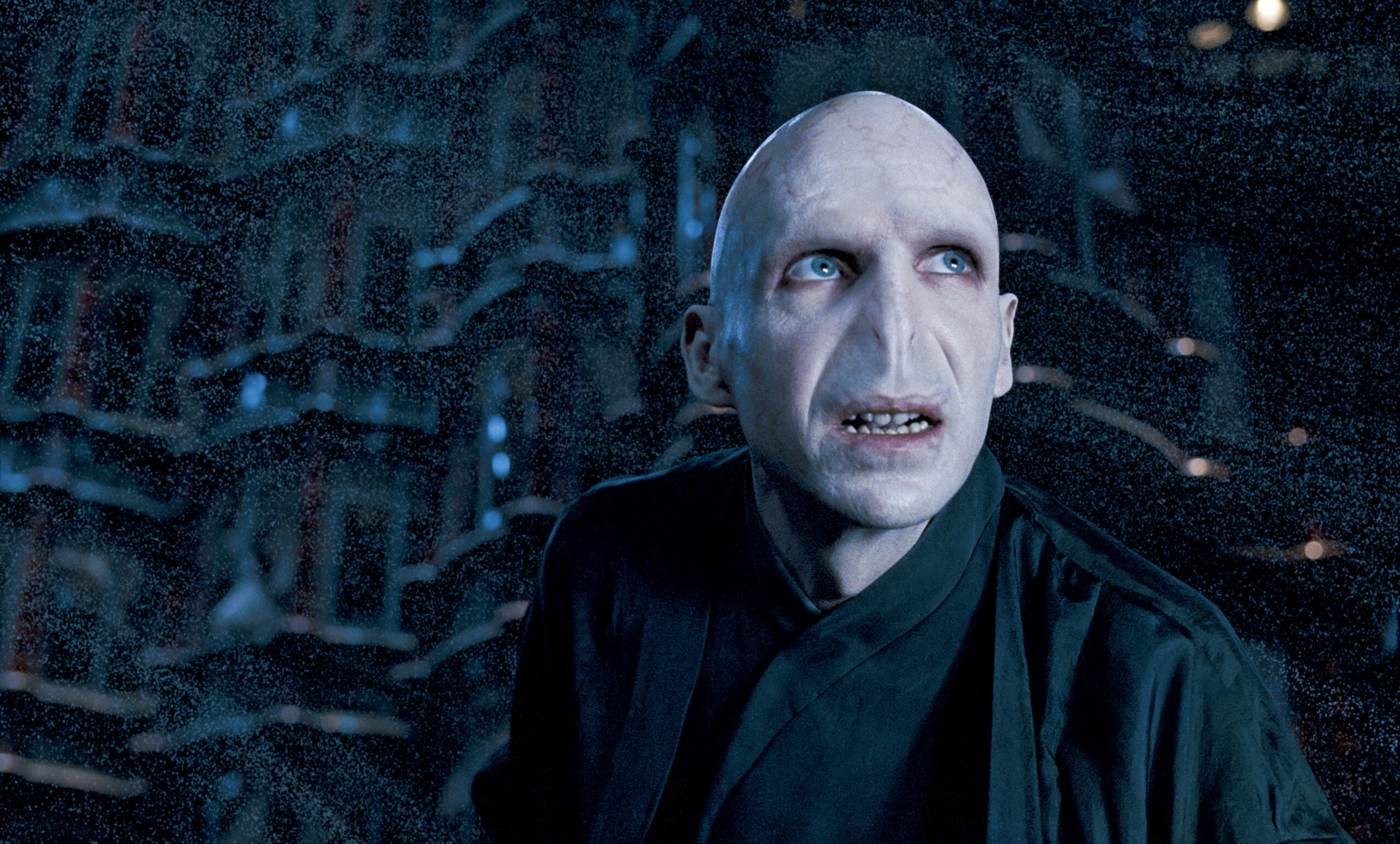Hagrid, the half-giant gamekeeper and friend of Harry Potter, is often seen as a lovable and quirky character. However, upon closer examination, it becomes clear that Hagrid was not the best role model for Harry and his friends.
One of the main arguments against Hagrid as a role model is his lack of responsibility. Despite being entrusted with important tasks, such as protecting the Philosopher’s Stone and assisting in the care of baby Harry, Hagrid consistently demonstrates poor judgement and a lack of foresight. For example, he allows Norbert the dragon to be stolen from his care, and nearly causes a disaster when he brings the dangerous creature Aragog to Hogwarts.
Another strike against Hagrid is his penchant for breaking rules. While it may be endearing to see him defy authority in order to help Harry and his friends, Hagrid’s actions often put himself and others in danger. His illegal acquisition and breeding of rare and dangerous creatures, as well as his involvement in the illegal underground wizarding community, shows a reckless disregard for the law and the safety of others.
Additionally, Hagrid’s rough and violent behavior does not set a good example for young children. He is quick to anger and often resorts to threats and physical force, even against those he considers friends. This kind of aggression is not a healthy or appropriate way to handle conflicts.
In contrast, some may argue that Hagrid’s loyalty and love for his friends make him a good role model. He is fiercely protective of Harry and his friends, and is always willing to go to great lengths to help them. He also has a deep love for all creatures, and works to protect and defend them, even when others see them as dangerous or undesirable.
However, while these qualities may be admirable, they do not outweigh Hagrid’s shortcomings as a role model. His lack of responsibility, penchant for breaking rules, and violent behavior make him a poor choice for a role model for young children. It is important for parents and educators to consider these factors when deciding who to look up to and emulate.
